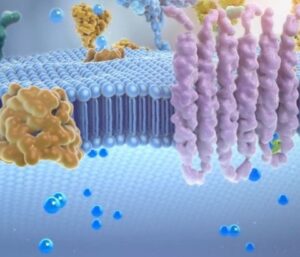Homepage
Advancing the Latest Science to Improve Public Health
Translating Research in Toxicology
Chemical Toxicity

Chemicals are important in our daily living. However, sometimes there can be ‘too much’ of a good thing. In toxicology, we often say that “the dose makes the poison”. Our research seeks to find clues as to why some chemicals damage one tissue, but not another. Moreover, why are some chemicals toxic to some people, but not others.
Using a variety of scientific approaches, we are identifying the reasons that underlie differences in chemical toxicities. Sources of these differences can be a result of our genetics, diet, environment, and more.
Membrane Transporters

Drugs and chemicals are often too large to enter and exit cells unassisted. Transporter proteins can be used as gates that regulate which chemicals enter and leave cells. In fact, the Solute Carriers (SLC) are proteins that can regulate the uptake or removal of chemicals from cells or organelles. In addition, the ATP-binding cassette transporters (ABC) function as efflux pumps that remove chemicals from the cell.
These efflux pumps are expressed in the placenta and participate in maternal-fetal xenobiotic disposition, thereby protecting the developing fetus from toxicant exposure.
Latest Posts
Toxins from Fungus in the Food Supply May Reduce Infant Weight
Exposure to mycotoxins – a broad group of harmful substances produced by mold – during pregnancy may impact placental function, which could result in lower birthweight in humans, according to Rutgers Health … Read More
Are Your Groceries Harming Your Pregnancy?
Nearly all pregnant women may be exposed to the estrogen-mimicking toxin ZEN, which is prevalent in food and potentially increasing with climate change. Higher exposure levels correlate with certain diets … Read More
Dr. Aleksunes Speaks at Uconn Pharmacy Graduation
Esteemed alumni, Lauren Aleksunes ’07 (PHARM) and Sarah Thompson ’06 (PHARM) set to speak at graduation on May 5th. School of Pharmacy 2024 Commencement Speakers